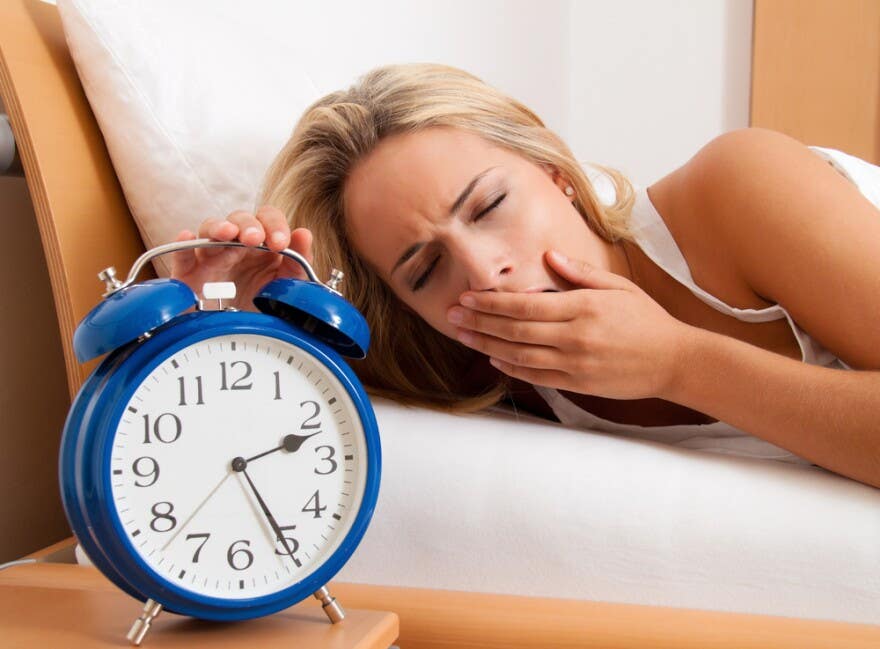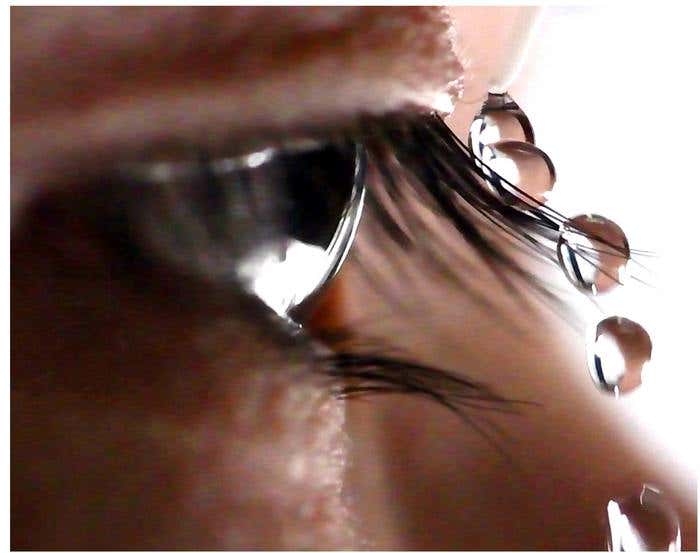Daylight Saving Time takes a much bigger toll on sleep and health than experts realized
Clock changes hurt sleep and health. A UK study shows how Daylight Saving Time cuts rest and may raise health risks.

A new UK study shows losing sleep from spring clock changes may increase risks for heart issues, depression, and traffic accidents. (CREDIT: Shutterstock Images)
Every spring and autumn, clocks shift by one hour in a tradition known as Daylight Saving Time (DST). This century-old practice, introduced during World War I to make better use of daylight and conserve energy, still affects more than a quarter of the global population across nearly 70 countries. While its energy-saving purpose remains debated, the toll it takes on your sleep—and possibly your health—is becoming harder to ignore.
The Cost of an Hour Lost or Gained
A growing body of research shows that even a one-hour change in time can throw off your internal clock, especially in spring. That’s when you lose an hour of sleep as clocks move forward.
A new study from the University of Bristol, published in the Journal of Sleep Research, analyzed sleep data from 11,800 participants in the UK Biobank. Using wrist-worn activity monitors, the study measured the real-world impact of DST between 2013 and 2015.
Researchers found that people slept nearly an hour less on the Sunday of the spring clock change compared to the previous and following Sundays. But in autumn, when the clocks go back and people are technically given an extra hour, they only gained just over 30 minutes of sleep.
This suggests that your body doesn't fully adjust to the added or lost hour. It doesn’t simply “bank” or “repay” sleep time, even when given the chance.
Gender and Sleep: Unequal Adjustment
Sleep changes after clock shifts don’t affect everyone equally. According to the study, men were more likely to gain back some of their sleep on the weekdays following both clock changes. This trend was especially true after the spring shift. But for women, the pattern was different. They often ended up sleeping even less in the days after the transition.
This gender gap may be linked to how men and women experience sleep issues. Women are generally more prone to insomnia and sleep disturbances, and clock changes can make these problems worse. This difference highlights the need for more targeted public health strategies when evaluating DST impacts.
Related Stories
Melanie de Lange, a Wellcome-funded PhD student and study author, emphasized the importance of this issue. “Our study adds to the growing body of evidence that the shift forward to daylight saving time in Spring is associated with an acute loss of sleep, which has implications for the health of the UK population,” she said. “It is crucial that any future review of the UK’s daylight saving time policy considers the effects of the clock changes on sleep and health.”
More Than Just Lost Sleep
The issue goes deeper than feeling tired. Several studies link DST—especially the spring transition—to serious health problems. Research has found a higher rate of heart attacks, strokes, atrial fibrillation, and fatal car accidents in the days following the spring clock change. There’s also a rise in depressive episodes after the autumn shift.
Scientists believe these health effects are partly caused by circadian disruption and sleep deprivation. In other words, when your body’s natural rhythm is forced out of sync with the environment, health problems follow.
A review by Harrison in 2013 found that both spring and autumn changes led to reduced sleep for about a week. During spring, people had more trouble falling asleep and experienced lighter, more fragmented rest. In autumn, they often woke up earlier than needed, losing the benefit of the extra hour.
The Data Gap: Objective vs. Subjective
While many past studies have relied on self-reported sleep logs, which can suffer from recall bias, this new research from the University of Bristol used objective data. Participants wore activity monitors that provided real-time measurements of their sleep patterns.
This method offers a clearer and more accurate picture of how DST affects daily life. That’s important because results from self-reports often conflict. Some studies, such as those by Owen et al. (2022) and Michelson (2011), found that people lost anywhere from 30 to 42 minutes of sleep on the night of the spring change. Others using fitness tracker data suggested only a five-minute drop.
The autumn numbers also vary. One group wearing headband monitors reported no difference, while another study based on American Time Use Survey data found a 40-minute increase in sleep time.
Even weekday data offers mixed conclusions. In some research, people lost as much as an hour of sleep on the Monday through Wednesday after the spring change. Other studies even reported more sleep during that period. For example, a small group of university students slept 28 minutes longer during the workweek following the spring shift.
The Bristol study helps clear up some of this confusion by providing a larger and more consistent dataset. And it confirms that the springtime clock shift causes the most severe and immediate loss of sleep.
Not Everyone Feels the Same Impact
Your chronotype—whether you’re a morning or evening person—also matters. Evening types and people who usually sleep less than eight hours suffer the most after the spring transition. Morning types and longer sleepers feel more affected after the autumn change.
Another key factor is sleep debt. If you didn’t get enough rest during the week before the spring shift, you’re more likely to experience lower sleep efficiency—meaning less actual sleep during time spent in bed.
These findings align with earlier work by Harrison, Kantermann, Lahti, and others. People’s ability to adapt to DST depends not only on when they go to bed but also on their long-term sleep habits.
Clock Change Debate Gains Momentum
The growing evidence against DST has caught the attention of governments and health experts worldwide. Countries across the EU and the United States are now considering dropping the twice-yearly clock change entirely.
Melanie de Lange noted that this debate is heating up. “With a growing number of countries—including the US and those in the EU—moving to end the clock changes, the practice of daylight saving time is the focus of much current debate,” she said.
Even if the sleep loss from DST lasts only a few days, the impact on public health is real. Just one night of poor sleep has been shown to affect your mental focus, reaction time, mood, and even immune response.
When you multiply those effects across millions of people, the case for reform becomes stronger. Whether DST’s original purpose of energy saving still holds up is no longer the only question. The real concern now is whether this practice is worth the health cost.
Note: The article above provided above by The Brighter Side of News.
Like these kind of feel good stories? Get The Brighter Side of News' newsletter.
Rebecca Shavit
Science & Technology Journalist | Innovation Storyteller
Based in Los Angeles, Rebecca Shavit is a dedicated science and technology journalist who writes for The Brighter Side of News, an online publication committed to highlighting positive and transformative stories from around the world. With a passion for uncovering groundbreaking discoveries and innovations, she brings to light the scientific advancements shaping a better future. Her reporting spans a wide range of topics, from cutting-edge medical breakthroughs and artificial intelligence to green technology and space exploration. With a keen ability to translate complex concepts into engaging and accessible stories, she makes science and innovation relatable to a broad audience.



